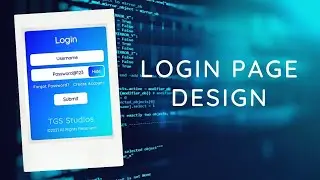Ransomware and How it works? | Forensic 101
Everyone and everything is online now. We live our lives online, we chat online, we shop online and we even learn online. Our finances have shifted online too, especially post demonetisation. The government is striving to make our economy digital. Digital India is their goal. It sounds well and good. A digital economy will mean fewer cash frauds, easier transactions and a significant decrease in the flow of black money.
However, going digital isn’t really the safest bet. Hacking and online attacks are an everyday phenomenon. Online fraud, identity theft even online robberies happen all around the world on a daily basis. This is one of the main reasons we need to educate and take digital forensics seriously.
We at Forensic 101 create videos on the digital frauds and hacks that takes place in day to day life, hence educating people and making internet a safe place. We work closely with DIgital Forensic Solution companies and education institutes.
Criminals are unleashing attacks on your PC and its data through a type of malicious software called ransomware.
A virus makes your computer sluggish but what if the virus installs embarrassing pornography on your screen or encrypts your data so you can’t read it? Ransomware attacks often use these tactics to demand a ransom to remove the pornography or to give you access to your files.
How ransomware works?
You’re duped into clicking on an infected popup advertisement or you visit an infected website. However, instead of just trying to trick you into buying fake antivirus software, the bad guys hold your computer hostage and attempt to extort payment.
In some instances, ads for pornographic websites appear on your screen each time you try to click on a Web page. One ransomware attack puts time pressure on the victim, stating that a piece of your data will be destroyed every 30 minutes if you don’t pay up. Another attack attempts to force you to purchase a program to de-encrypt your data.
The criminals often ask for a nominal payment through bitcoin.







